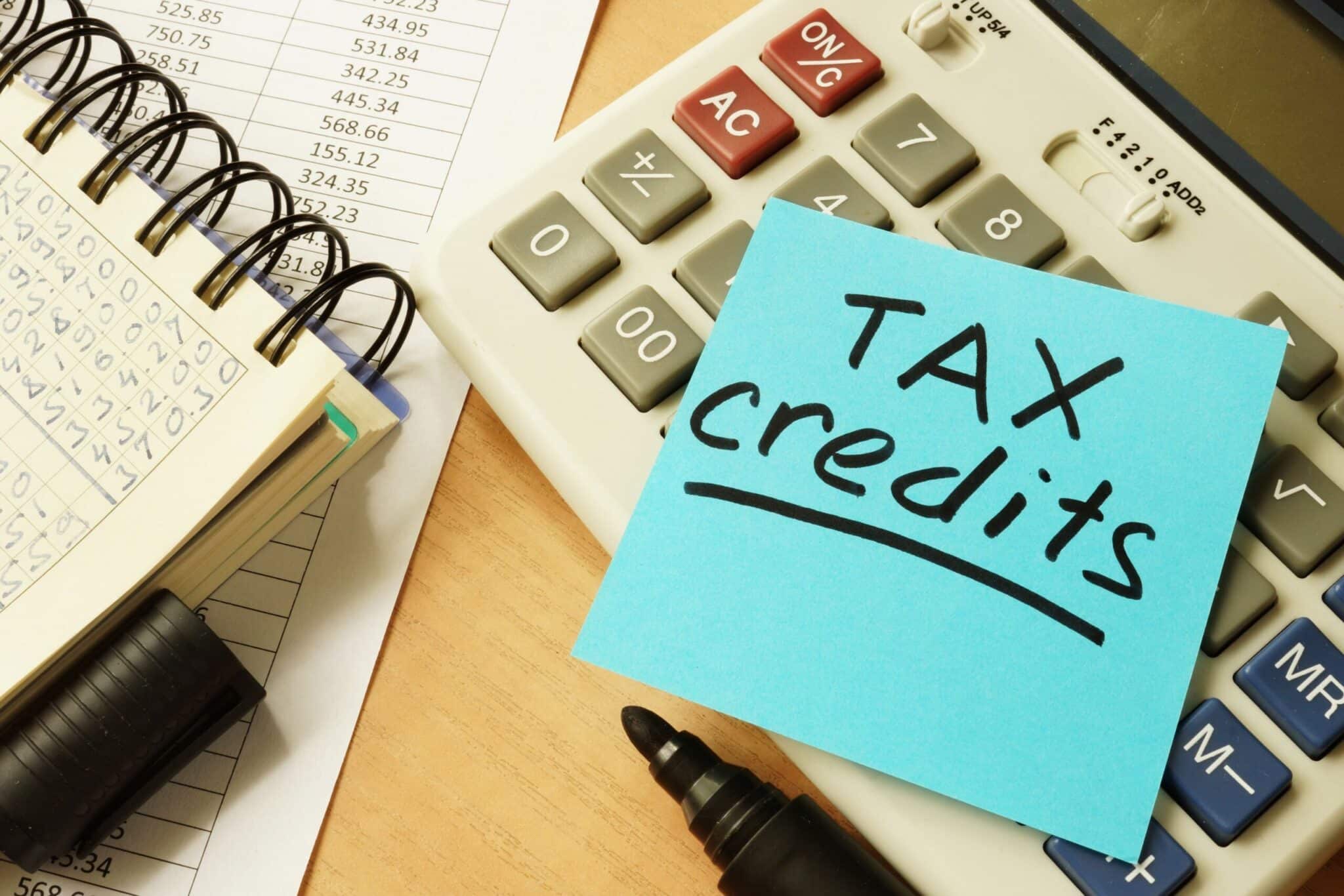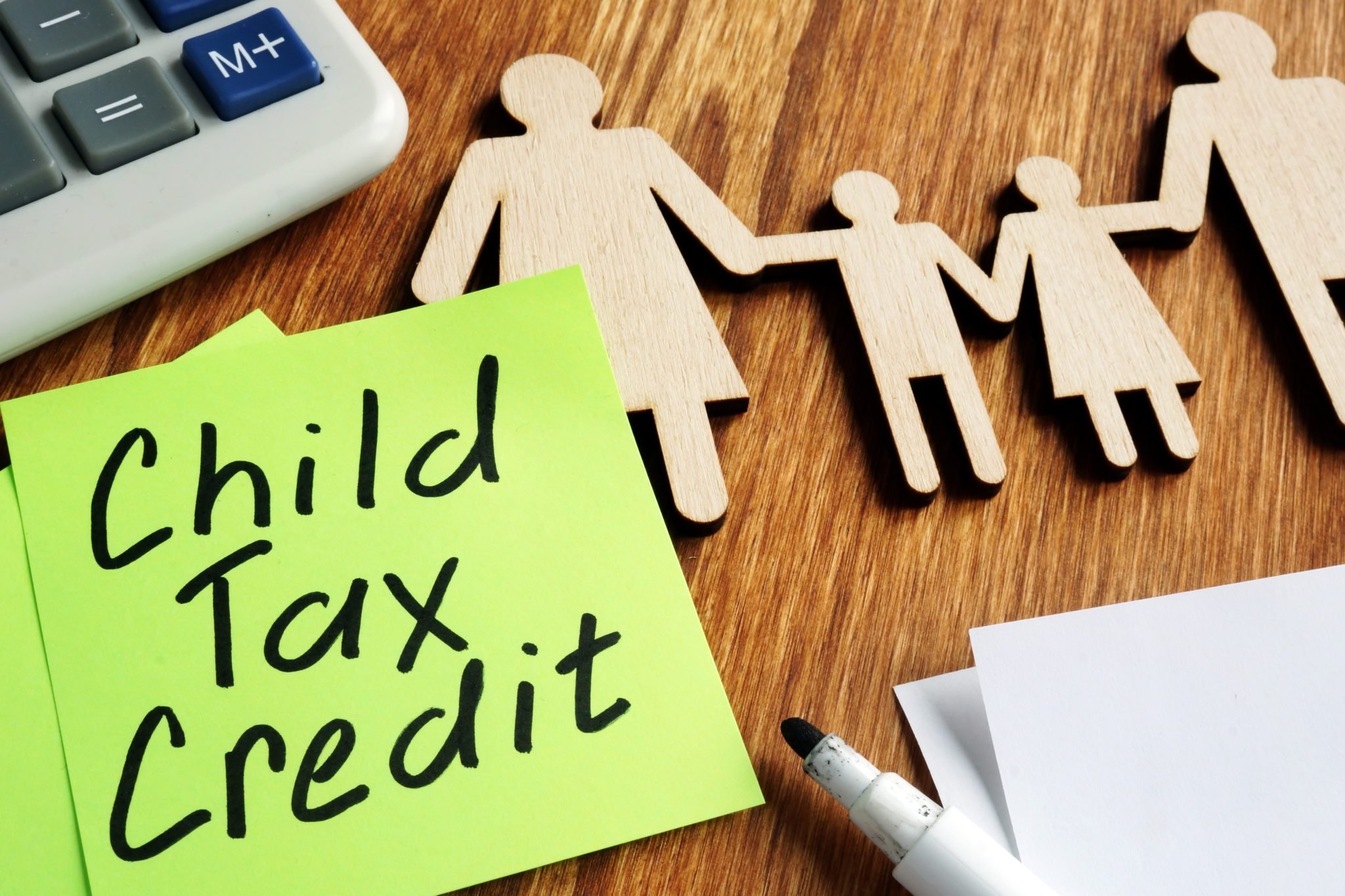If you’re a parent, you know how expensive it can be to raise a child. The costs, from diapers and formula to clothing and college tuition, add up quickly!
That’s why the child tax credit is so important. This tax credit can provide parents with a significant amount of money each year to help offset some of those costs.
In this blog post, we will discuss the child tax credit, who is eligible for it, and how you can get the most out of it!
So What Is The Child Tax Credit?
The Child Tax Credit in the American Rescue Plan is the largest one ever – and most working families will automatically receive monthly payments of $250 or more per child starting from July 15th, without having to do anything. This credit will help all families succeed.
The child tax credit can be a valuable tax break for parents, especially those with more than one child. It can lower your tax bill or even give you a refund. And if you don’t owe any taxes, the credit can still help reduce your overall tax liability.
If you’re not eligible for the full amount of the child tax credit, you may be able to claim the refundable portion of the credit. This means that you can get a refund even if your tax bill is zero.
What Payments Can I Expect?
The child tax credit can pay up to $2,000 per child, and it’s often claimed on the income tax return.
Here is a useful tool that can help estimate the child tax credit refund.
The credit reduces the amount of taxes you owe, so you may get money back if you claim it on your return.
There are also other payments available to families with children, including the Child and Dependent Care Credit and the Earned Income Tax Credit.

Who’s Eligible for the Child Tax Credit?
The child tax credit is a payment made to parents or guardians of children under the age of 17.
You may be able to receive the credit if you paid for child care or if you have qualifying dependent children living with you.
A qualifying child is:
- Under the age of 17
- A U.S. citizen, national, or resident alien
- Someone who lived with you for more than half of the tax year
- Someone who you claim as a dependent on your return
The child tax credit is available to both taxpayers who file jointly and those who file separately. In addition, the child tax credit is refundable, which means that you may be able to receive a refund even if you don’t owe any taxes.
How Do You Get Your Payments?
To claim the Child Tax Credit, you must file a tax return with the IRS.
You may be able to claim the credit even if you don’t owe any taxes. The amount of the credit will depend on your income and how many children you have.
You can get your Child Tax Credit payments in several different ways:
- By claiming it as a refund on your tax return
- By having it sent to you as a check or direct deposit
- By using it to reduce your tax liability
If you claim the Child Tax Credit on your tax return, you will usually get your payment within six weeks after the IRS receives your return. If you have it sent to you as a check or direct deposit, it will usually be sent within four weeks after the IRS receives your return. Pro tip: Understand your individual tax filing deadline so you can ensure on-time payment.

What If You Didn’t File Taxes Last Year?
If you didn’t file taxes last year, you may still be able to claim the child tax credit. If you’re eligible, the credit could reduce your tax bill or increase your refund.
To claim the credit, you’ll need to file a return for the year you didn’t file. You can use Form 1040EZ, Form 1040A, or Form 1040. If you have questions about claiming the credit, contact the IRS.
Here is a comprehensive guide to tax filing that could help you file this year.
Will This Affect Other Benefits You’re Receiving?
The child tax credit will not affect other benefits you’re receiving. It is a refundable tax credit, which means that if the amount of the credit is more than your income tax liability, the IRS will send you a check for the difference.
Other benefits you’re receiving, such as Social Security or Supplemental Security Income, are not affected by the child tax credit.
How Do You Sign Up?
No application is needed to sign up, and no action is required by most families. If you have qualifying children and filed taxes in 2020 or 2021, the IRS will use that information to calculate your payments.
If you didn’t file taxes in 2020 or 2021, you can still get the credit by filing a 2022 tax return.
Wrap Up
The Child Tax Credit is a refundable tax credit that can pay up to $2000 per child. To get the credit, you must file a tax return with the IRS. The credit will not affect other benefits you’re receiving.
No action is required by most families – if you have qualifying children and filed taxes in 2020 or 2021, the IRS will use that information to calculate your payments.
Did you find this article helpful? Share it with a friend or family member who might benefit from the child tax credit! And if you have any questions, leave them in the comments below and we’ll do our best to answer them.
Frequently Asked Questions
A: The maximum amount of the child tax credit is $2,000 per child. However, the credit is gradually reduced for taxpayers with higher incomes.
A: Yes, you can claim the child tax credit even if you’re not a U.S. citizen as long as you meet certain requirements. For more information, see Publication 519, U.S. Tax Guide for Aliens.
A: Yes, as long as you meet certain requirements you can still claim the child tax credit even if you’re no longer married to or living with your spouse/ex-spouse.
A: You can use the IRS’s “Child Tax Credit Eligibility Tool” to find out if you’re eligible for the credit. This tool asks a series of questions about your children and your income and then tells you if you’re eligible for the credit.
A: To claim the child tax credit, you’ll need to file a federal income tax return with the IRS. You can file electronically or by mail. If you’re claiming the child tax credit for the first time, you’ll need to fill out Form 1040 and attach Schedule 8812, which is called the “Child Tax Credit.”


